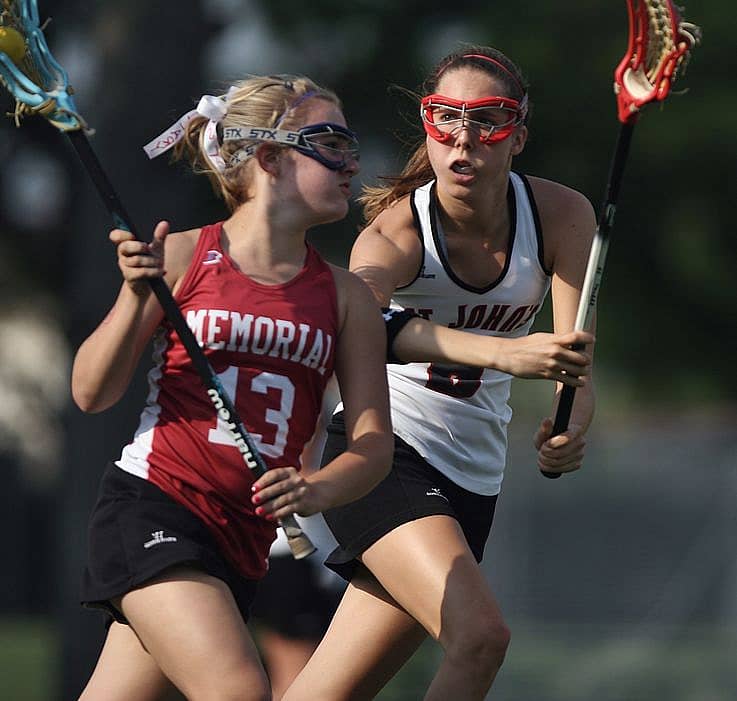While the ultimate determination of which level of collegiate competition you are qualified for will emerge through the recruiting process, it’s important if you are just entering the recruiting process to understand what each division of collegiate competition requires of its athletes. At all intercollegiate competition levels, you must be prepared academically, physically, and emotionally to balance the time demands of the sport with the academic rigors necessary for successful completion of graduation requirements.
Thinking that you can perform athletically at the college level and being able to maintain a commitment to the daily rituals and demands of being a student athlete are quite different challenges for you to consider.
- While high school practices may only last two hours, regardless of level of divisional play, you also must commit to more intensive strength and conditioning sessions, film study, individual skill work, in-season and out-of-season practices and, often times, community service events throughout the year.
- You must structure time to complete academic obligations (labs, group projects, exams, special off-site classroom requirements.
- Obligations also include team travel to home and away venues, nutrition and wellness (sleep, etc.) and down time to be able to recharge for the next day or, perhaps, just to do some laundry.
DIVISION I, II
- You are often required to attend mandatory study hall or report to an academic support center to be sure you are meeting your academic requirements and/or making up work for classes missed due to athletic events.
- You are committed to a prescribed strength and conditioning program, individual skills sessions, film sessions, team practice/training, travel to and from competitions and tournaments (including weekends and some school breaks) as well as any collegiate-sponsored community service or other special events.
- Division I athletics is an enormous time commitment that takes precedence over other extracurricular and curricular interests that may conflict with the sport.
- Most DI and II programs offer scholarships.
DIVISION III
- Academics are more of a focus for athletes and their coaches.
- Division III collegiate sports are still comprised of high-level, accomplished athletes who need to compete with a strong pool of other Division III level athletes to gain a spot on a collegiate team.
- Scholarships are not offered, but candidates can receive a boost in admissions.
While Division III is a less time consuming commitment for athletes who don’t make the Division I athletic talent cut, don’t be fooled about the challenges inherent in being recruited at the Division III level. Many students coming into the recruiting process underestimate the seriousness with which the recruiting process is undertaken at the Division III level.
Your McMillan Education recruiting specialist will ensure that you understand the training, competition, and travel demands at all levels of collegiate competition as a first step toward building the recruiting plan that will best serve your overall college goals.


